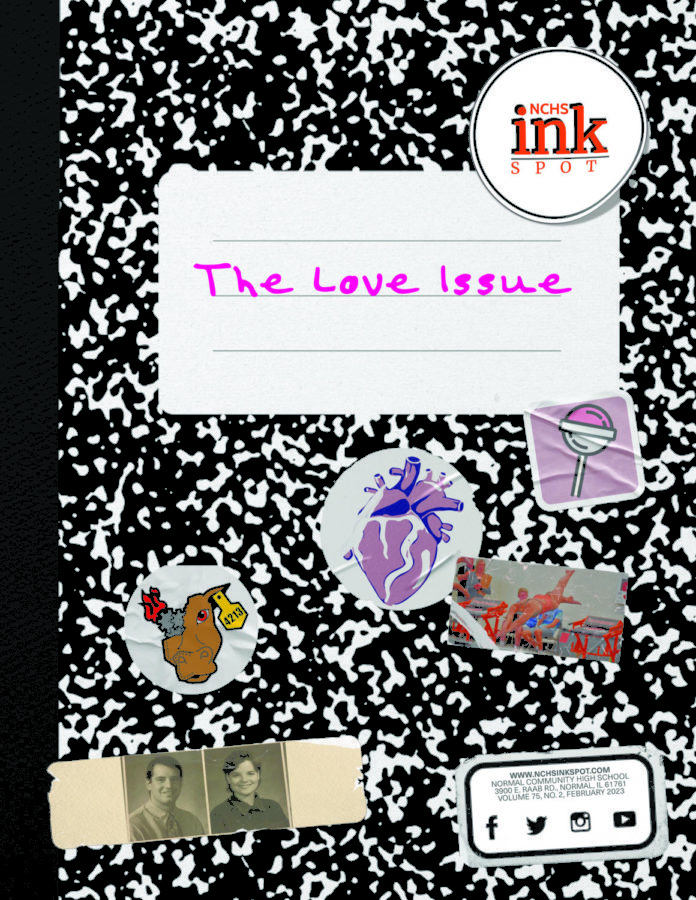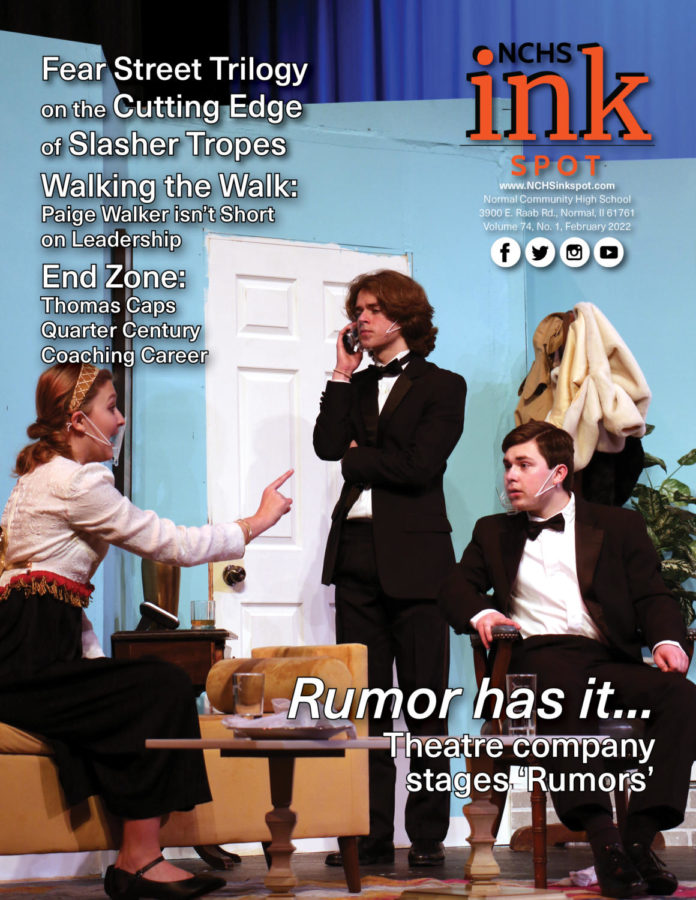Anthony Hopkins flawlessly executed his portrayal of world-renowned psychiatrist-turned-serial-killer Dr. Hannibal Lecter in 1991’s “Silence of the Lambs”. For 30 years, Hopkins’ performance has had viewers craving second helpings of the iconic character. It was a performance so mouthwateringly good that it was recognized by the Academy of Motion Picture Arts and Sciences in 1992; taking home five Oscars, “Silence of the Lambs” didn’t leave many awards left over for the competition. Among the Oscars, the film earned Best Picture, the only time the Academy has ever awarded this achievement to a horror movie; Best Actress, awarded to Jodie Foster for her portrayal of FBI trainee Clarice Starling, and Hopkins’ Best Actor statuette.
Though “Silence of the Lambs” has spawned several sequels, remakes, and reboots, perhaps none are quite as appetizing as the original. Just like fava beans and a nice chianti complement liver, Jodie Foster’s Clarice Starling complements Anthony Hopkins’ Dr. Hannibal Lecter. Celebrating its 30th anniversary, the film’s legacy lives on because of the pairing of this cinematic duo.
Tasked with interviewing Dr. Lecter is Agent Clarice Starling — full of virtue and drive but lacking experience. Lecter, on the other hand, is cultured — he has a taste for opera and fine art, for sophisticated dinner parties, and… for human flesh. From their first encounter, Dr. Lecter and Agent Starling captivate the audience. Foster brings a sense of both innocence and determination to the screen all at once. She is there to learn from him, even if it means letting Hannibal the Cannibal chew her up and spit her out in the process. Dr. Lecter exerts his power over Starling, letting her know that he is in control despite their roles. The physical acting alone in the pair’s first meeting keeps the audience hungry and screaming for more.
The duo’s chemistry is transparent as the two characters are physically separated by Lecter’s glass jail cell during their first meeting. There is a glass wall between the two, but the wall seems almost to disappear as they are talking. He is quickly able to make her seem transparent and vulnerable, even though it really should be reversed. He has nowhere to run, hide, or go inside of his cell. He is on display for the whole world to see, unlike Clarice, who should be in control. However, she is not. Typically, it would feel comfortable knowing that Lecter is the one inside of the cell. However, he has everyone sitting on the edge of their seats, including Clarice. Agent Starling is seated in a folding chair outside, attempting to feel any sort of comfort around Lecter. This quickly establishes that even though he is the one inside of the cell, Dr. Lecter is in control of Clarice. Lecter stands above the FBI trainee and glares down at her. Dr. Lecter instantly has all the power. He has the expertise, the cunning, and the physical presence. He further exerts his power by pointing out flaws in her technique and even her appearance. He even exploits an awkward exchange between Agent Starling and another prisoner, enabling him to begin gnawing away at her insecurities and vulnerabilities, like smelling her and being able to tell her what different cosmetics she uses. Their “quid pro quo” exchanges give both characters what they need. He makes her vulnerable, and he can see through her.
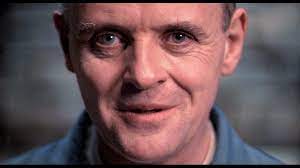
What makes this duo so successful on-screen together is what each brings to the table. Agent Starling allows Dr. Lecter to tap into the civilized version of himself, dispensing knowledge and demanding manners. In return, Agent Starling receives a teacher of sorts in Lecter. He savors every minute of leading her exactly where he wants her to go, controlling her and educating her at the same time. Despite Agent Starling’s supervisor warning her, “Believe me, you don’t want Hannibal Lecter inside your head,” she quickly breaks this rule. Lecter is able to read Agent Starling like a book and almost immediately takes a liking to her. Ultimately, Dr. Lecter’s interest in Agent Starling affords her the privilege of interacting with him.
The contrast between Dr. Lecter and Agent Starling commands interest. She is incorruptible, honorable, and virtuous. Dr. Lecter is very malevolent, charismatic, and perverse. Even their manners of speaking contrast as well, her country twang compared to his cultured, cultivating eruditeness. Although the two have such different backgrounds, they complement each other in every way that matters. Each gets their needs met by what the other offers.
Perhaps even more fascinating is the level of mutual respect Dr. Lecter and Agent Starling share. He offers her a towel on a rainy day and even encourages the prisoner who was impolite to Agent Starling to take his own life. Agent Starling treats Dr. Lecter as the expert profiler he is, even returning his precious drawings to him at one point. The respect the two share even blossoms into an opportunity for Agent Starling to chase him in the end, with reassurance that their relationship precludes her from being in danger. Agent Starling does not fear retaliation from Dr. Lecter. Even after the FBI lies to him about his transfer, Lecter reassures Agent Starling, “I have no plans to call on you, Clarice. The world’s more interesting with you in it.”
In their final scene together, Agent Starling and Dr. Lecter share nearly unbreakable eye contact as she reveals the final puzzle piece of her backstory to him. The camera moves in on both of their faces and Dr. Lecter does not blink once during this exchange. Furthermore, he displays reptilian-like eyes, and he shows 100% concentration while listening to her. The clock is ticking, the lambs are screaming, and Lecter has nothing but time. Desperate, Agent Starling begs Dr. Lecter to give her Buffalo Bill’s real name. Still, it is evident in Hopkins’ acting in their last scene that Lecter wants to help Agent Starling find closure. Some part of him knows that he controls Catherine Martin’s life and Agent Starling’s conscience. His note in the case file reveals a clue that ultimately leads to Agent Starling catching and killing Buffalo Bill.
In the entire two-hour and 18-minute film, Hopkins clocks only 24:52 of screen time. That comes out to only 18% of the movie, most of which is spent interacting with Foster. Even though Anthony Hopkins was not in the movie for very long, his scenes with Jodie Foster are very captivating and powerful, and he devoured every second of screen time. Their relationship is so much more complex than “good guy/bad guy” or cop and serial killer. It is the perfect recipe for control, therapy, and crime-fighting. Despite Agent Starling’s reservations about her abilities, she refuses to back down. In turn, earning something Lecter does not freely give– his respect. Their dynamic is certainly one to savor and should be ranked among the top of cinema’s greatest duos.


![Community honors longtime coach Mr. Bryan Thomas before Oct. 3 game [photo gallery]](https://nchsinkspot.com/wp-content/uploads/2025/10/Thomas-6-1200x1200.jpg)

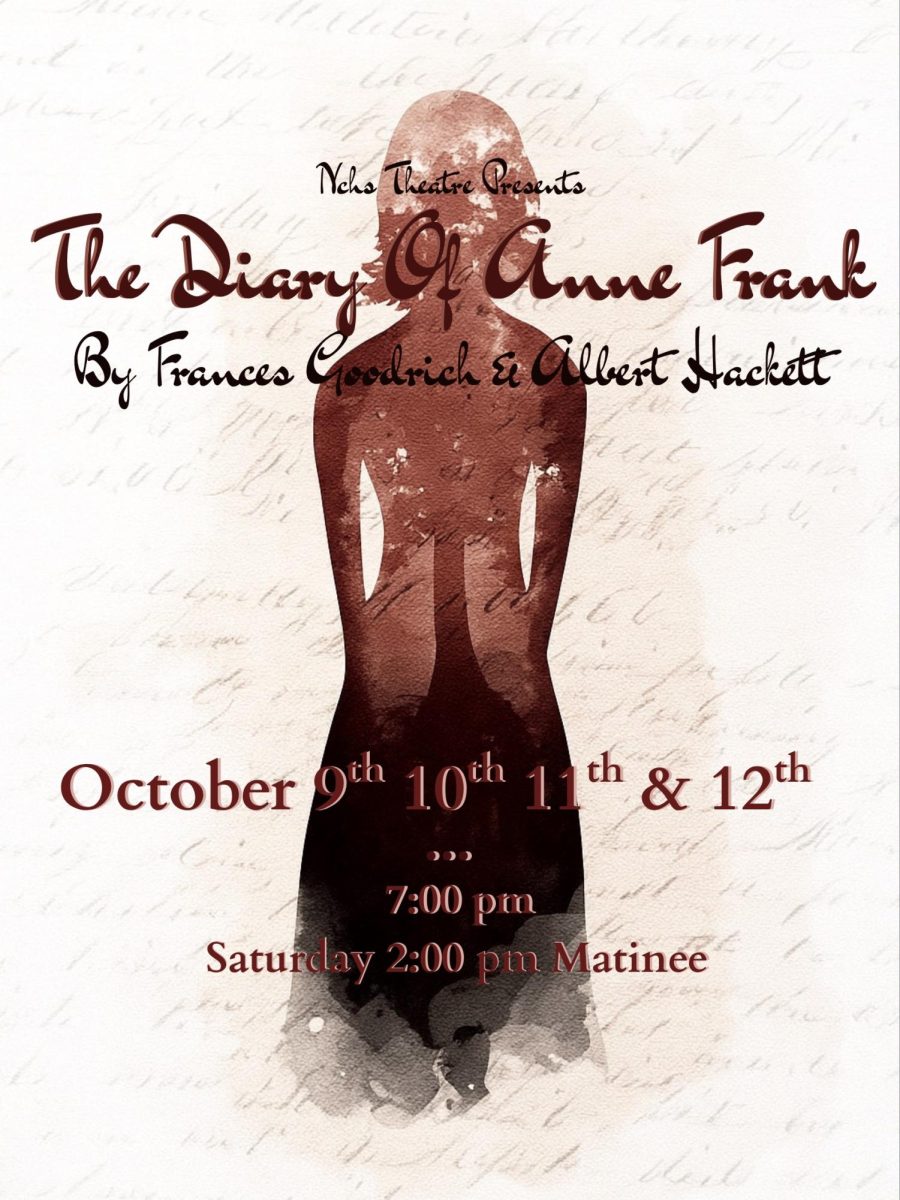





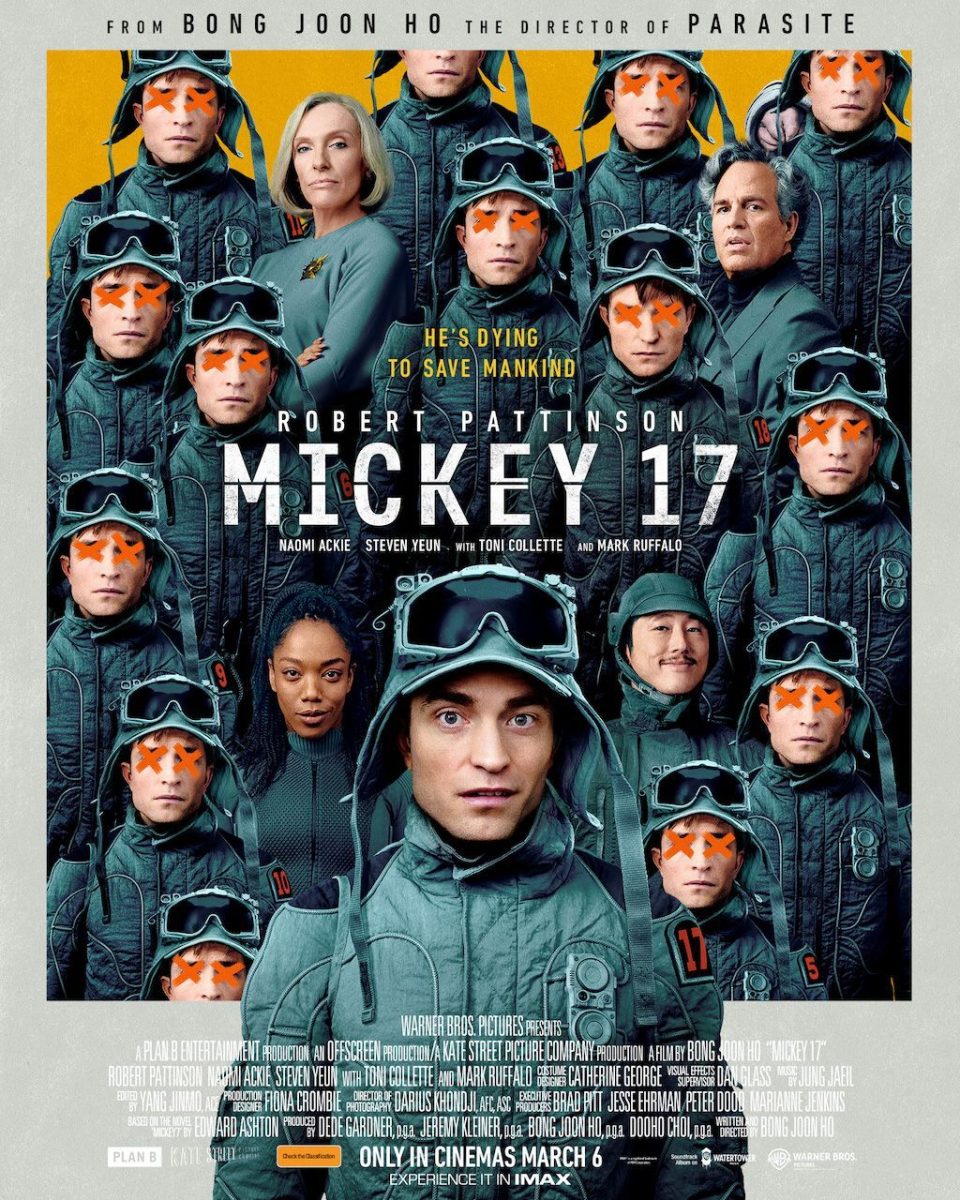


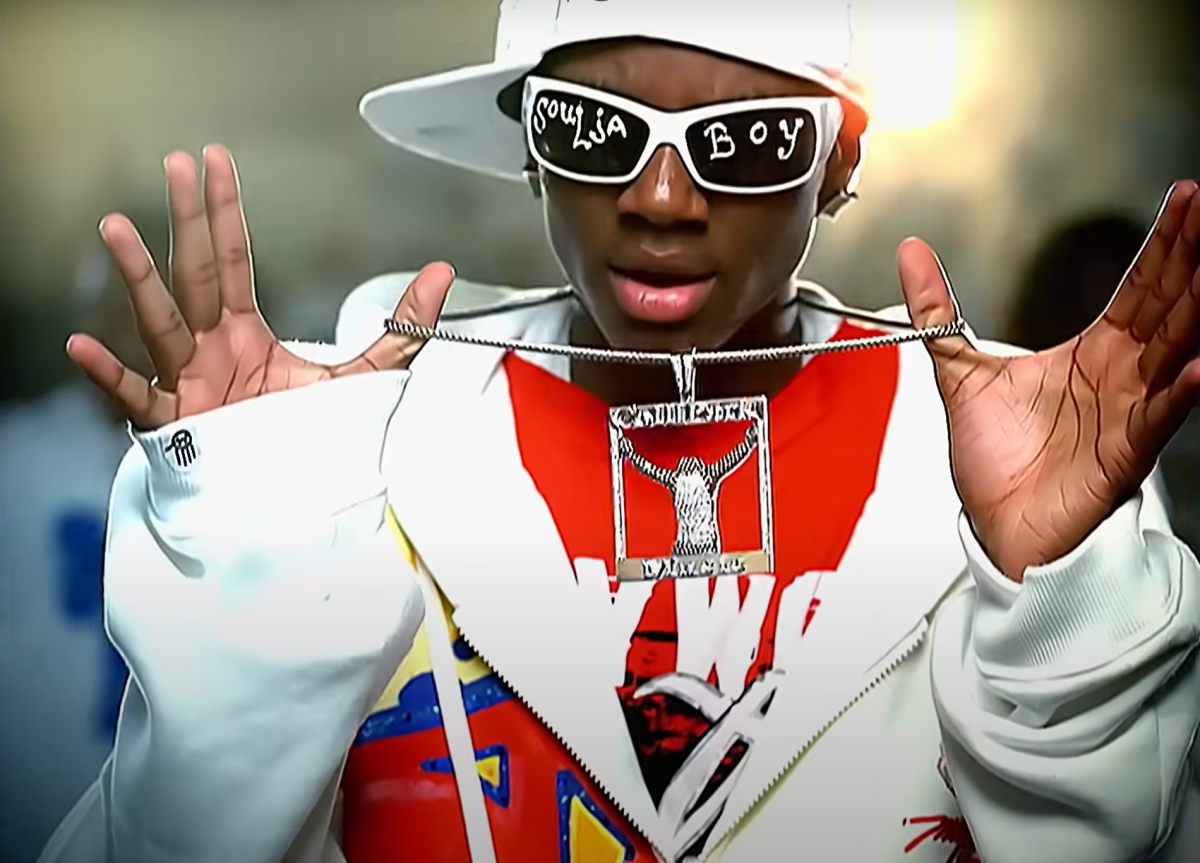
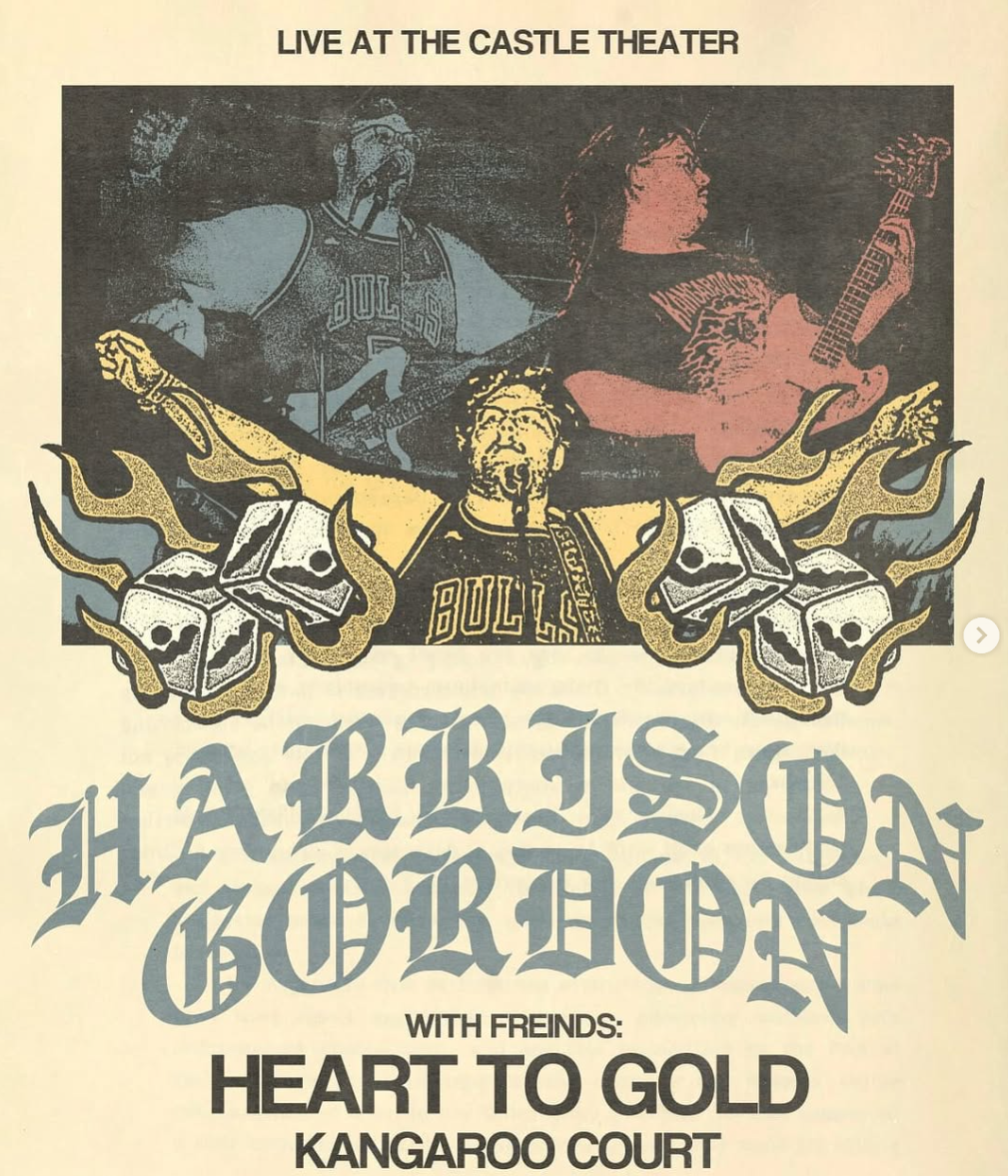
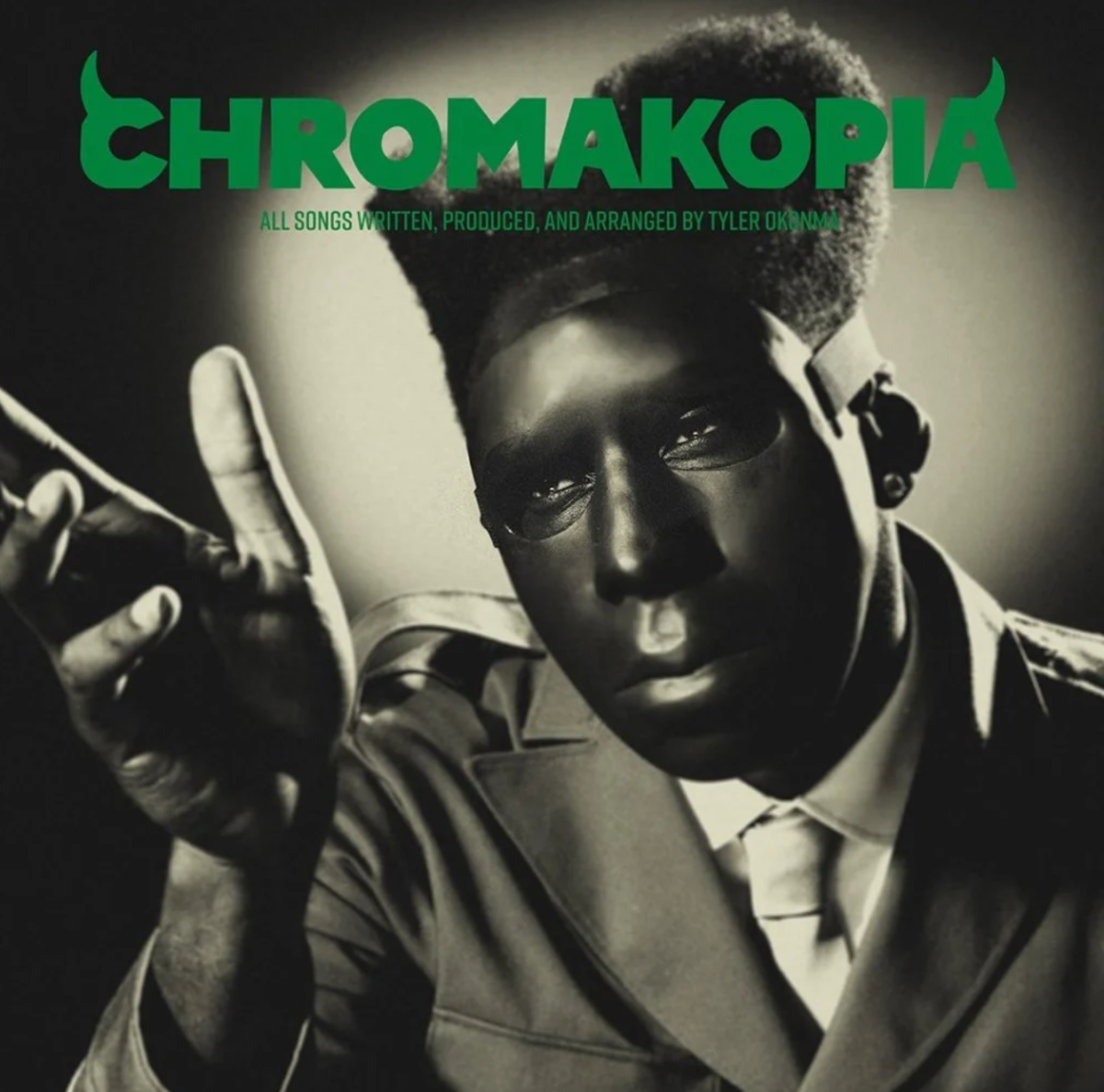


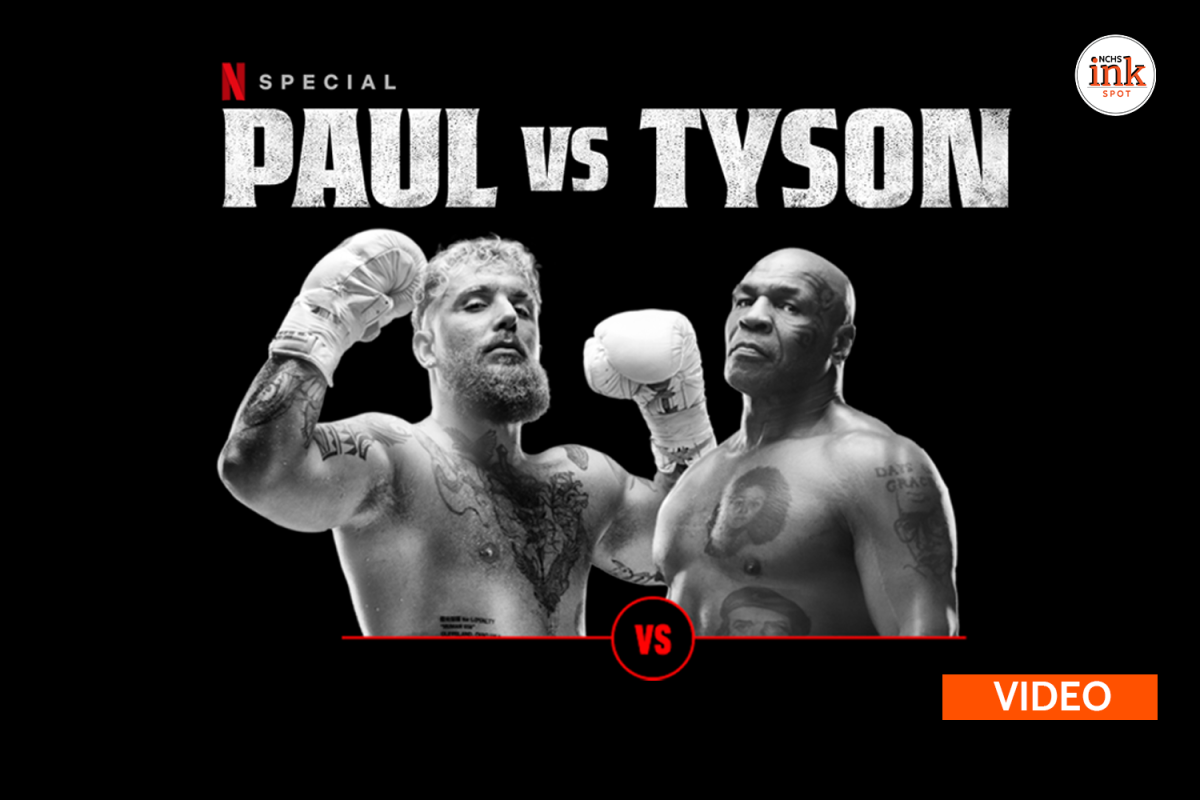





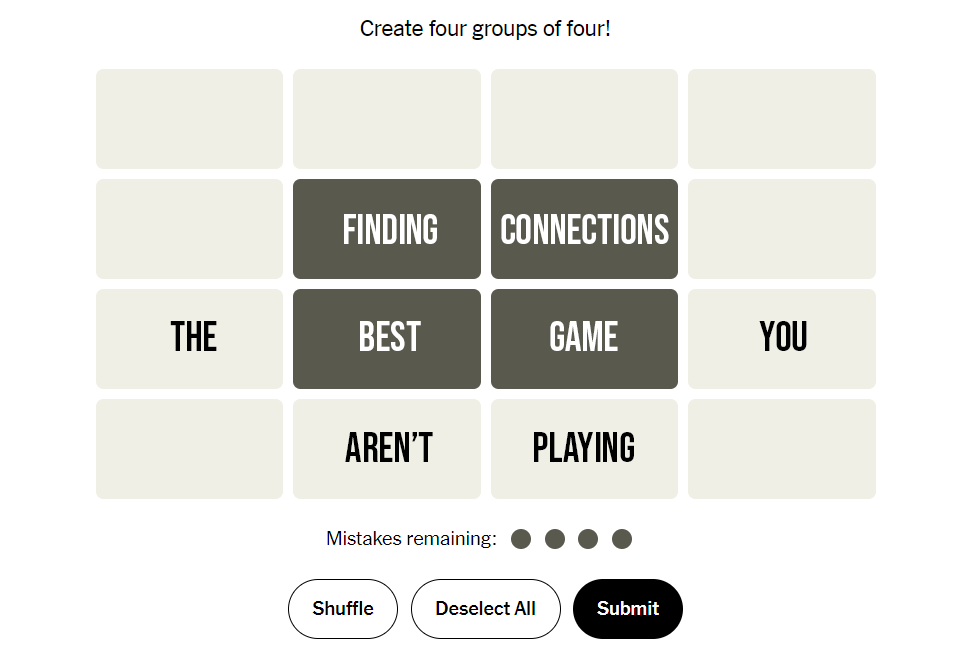

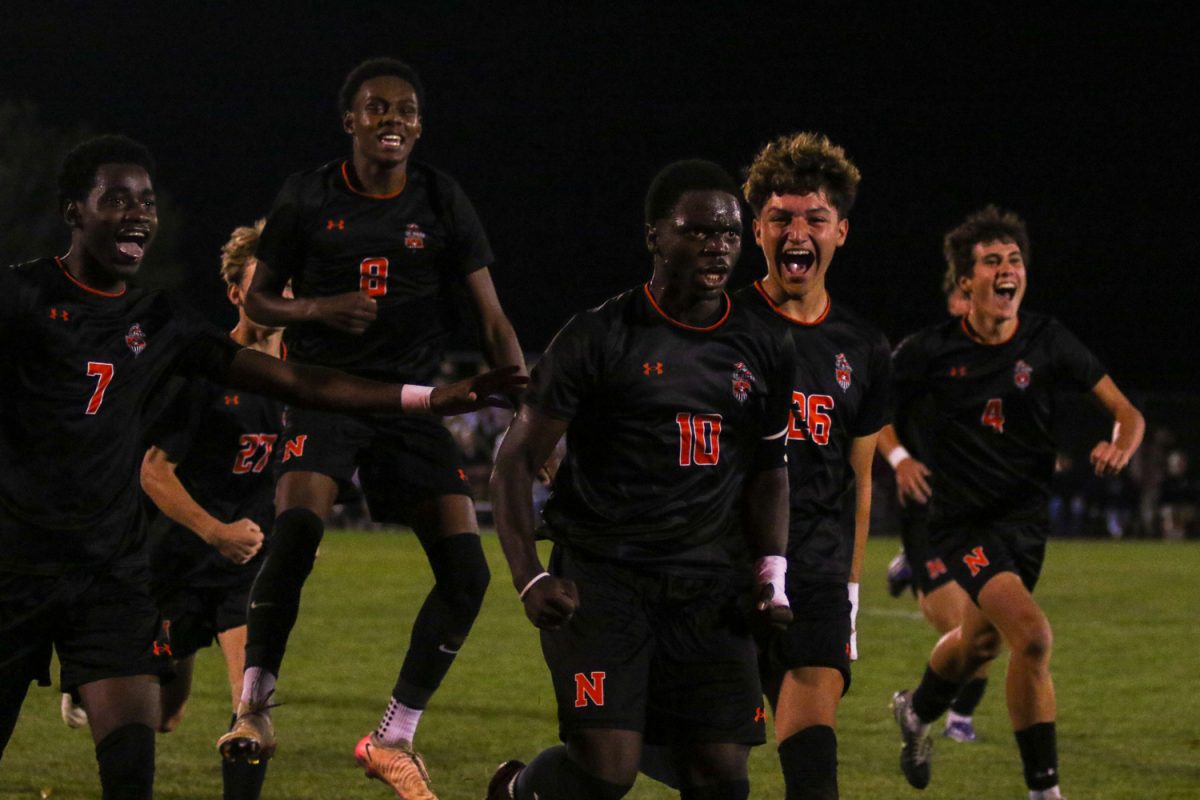





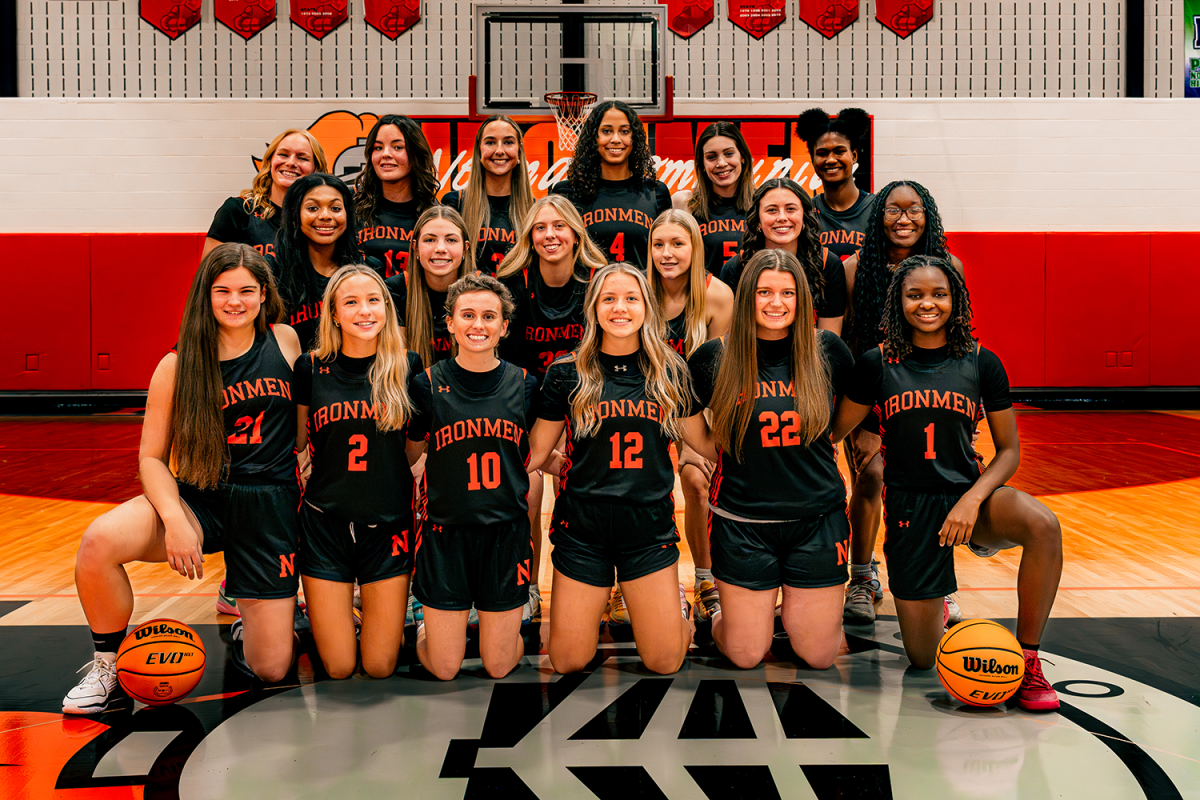


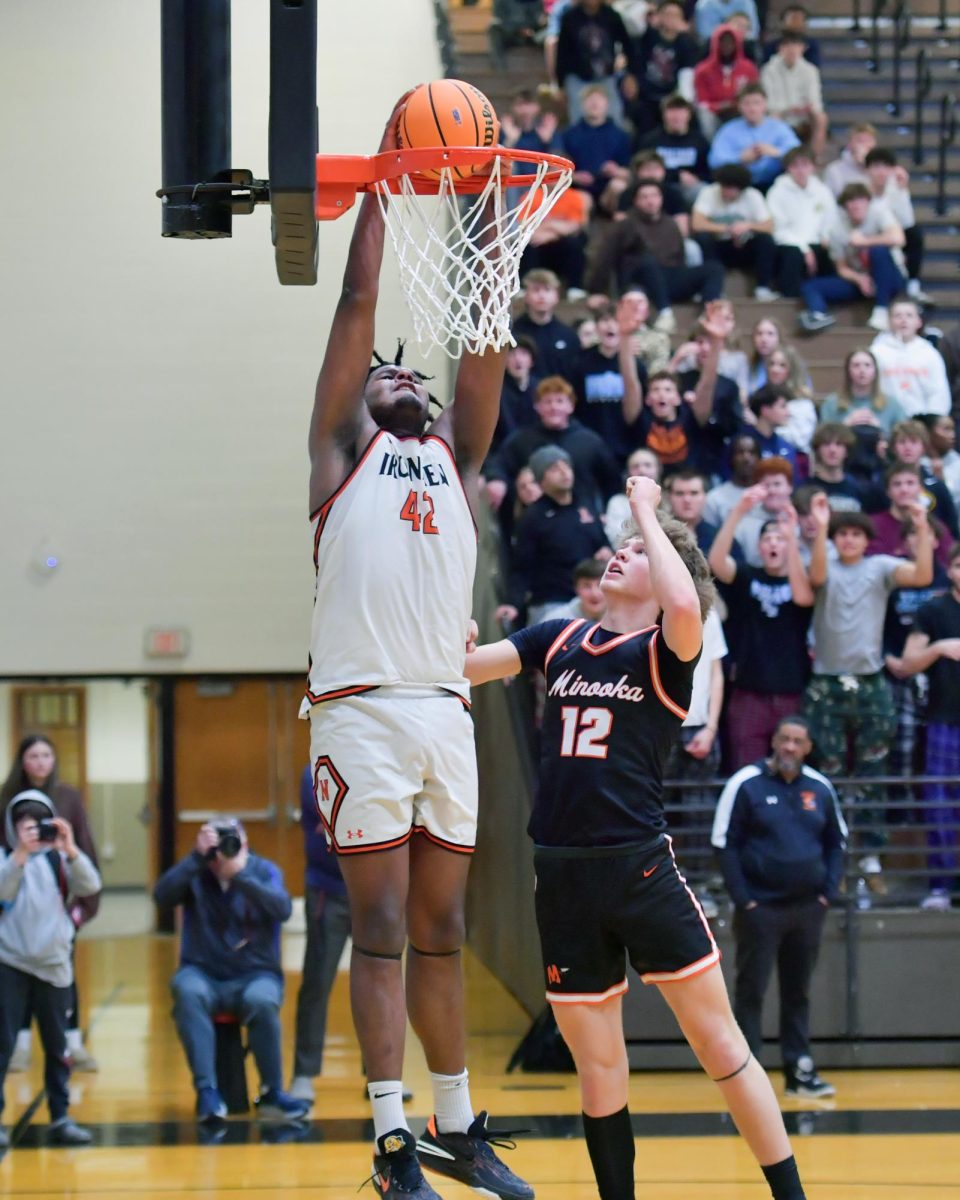


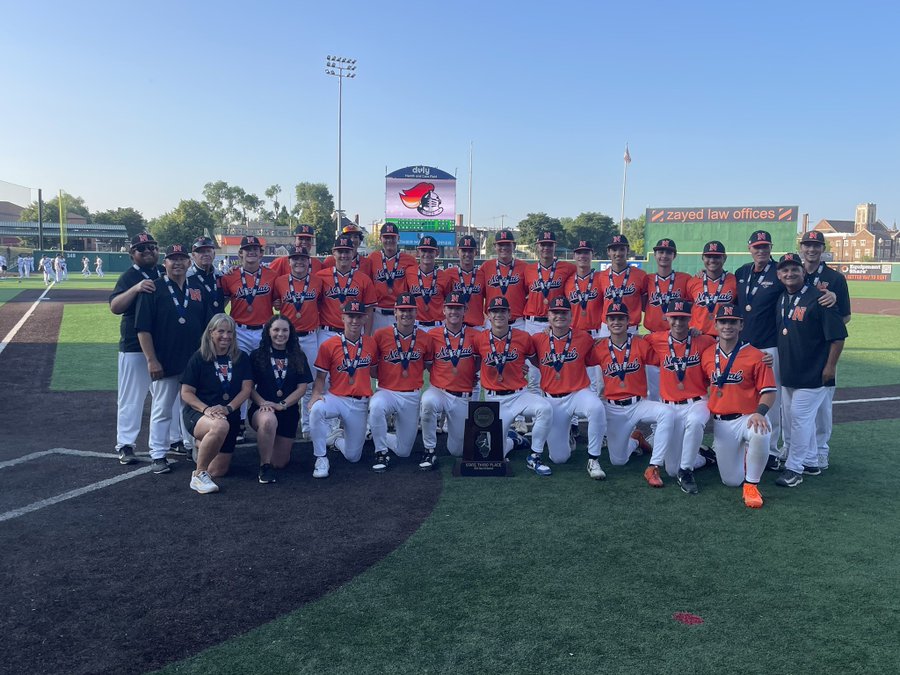








![Halloween candy cross section quiz [quiz]](https://nchsinkspot.com/wp-content/uploads/2022/10/Candy-cover-big-900x675.png)
![Average Jonah? [quiz]](https://nchsinkspot.com/wp-content/uploads/2022/05/average-jonah-900x600.png)


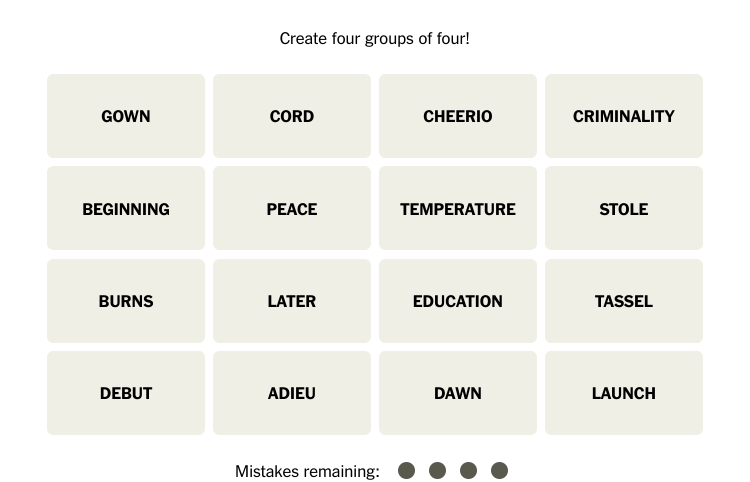
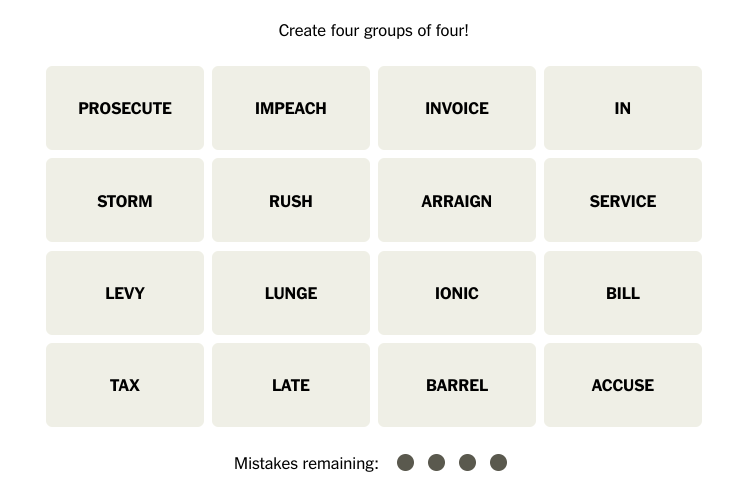
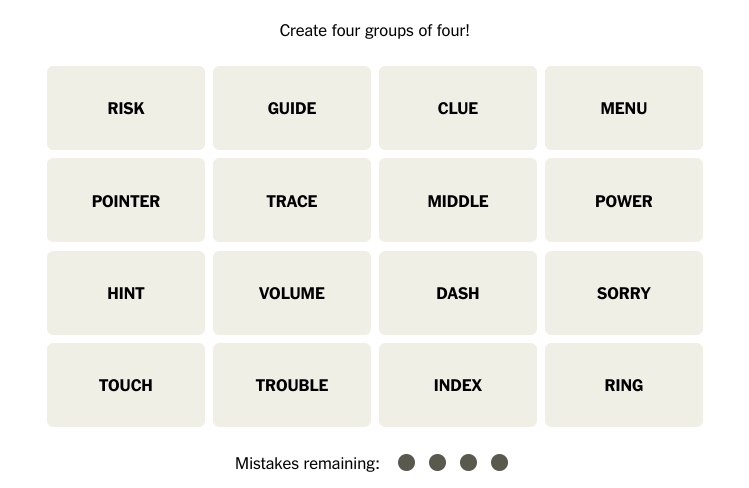
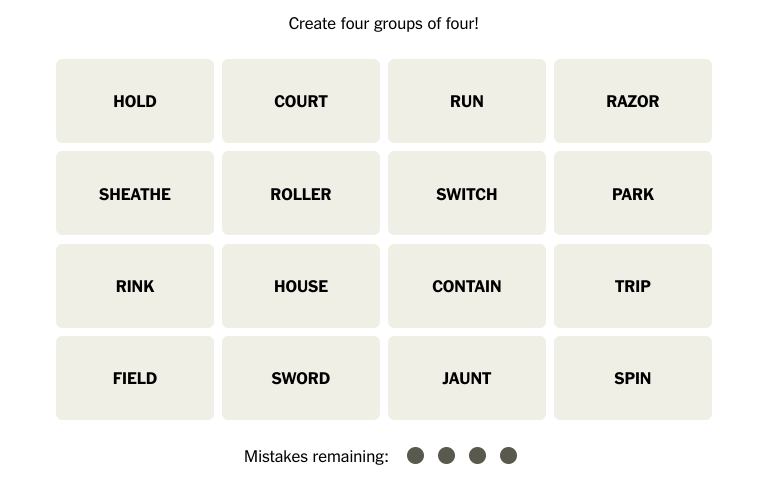


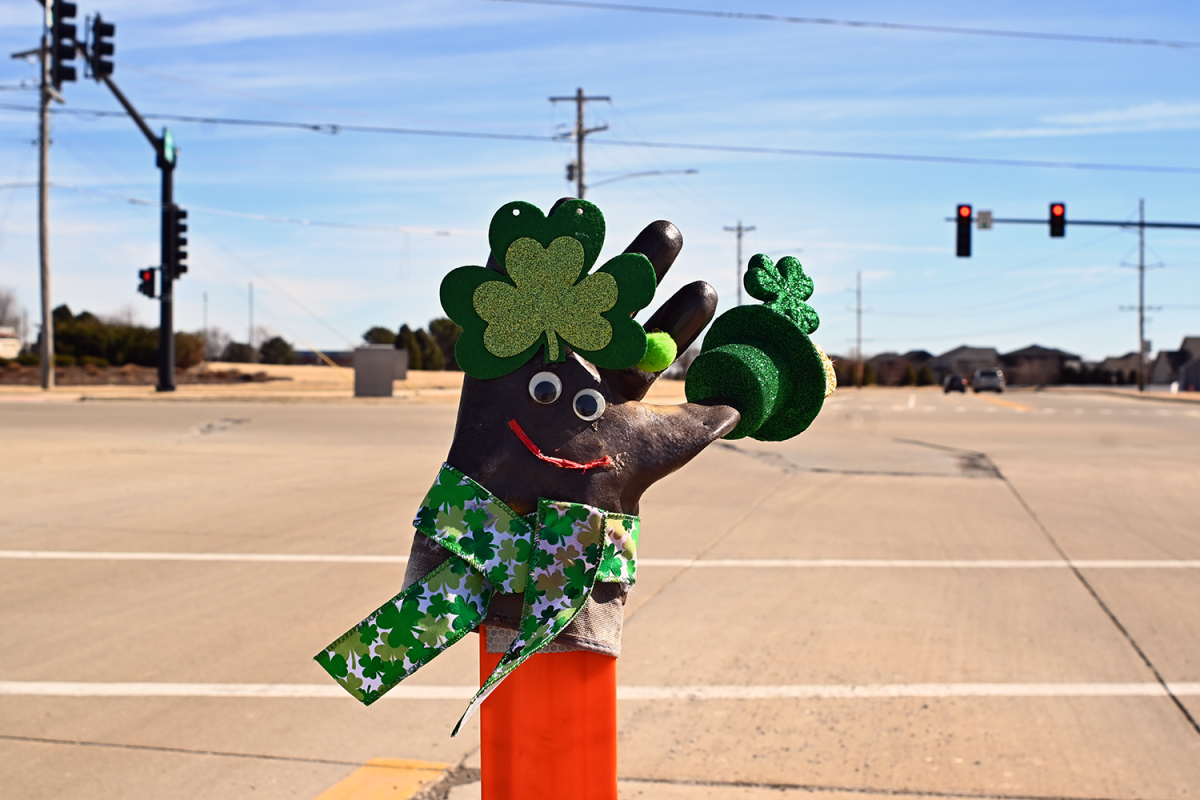





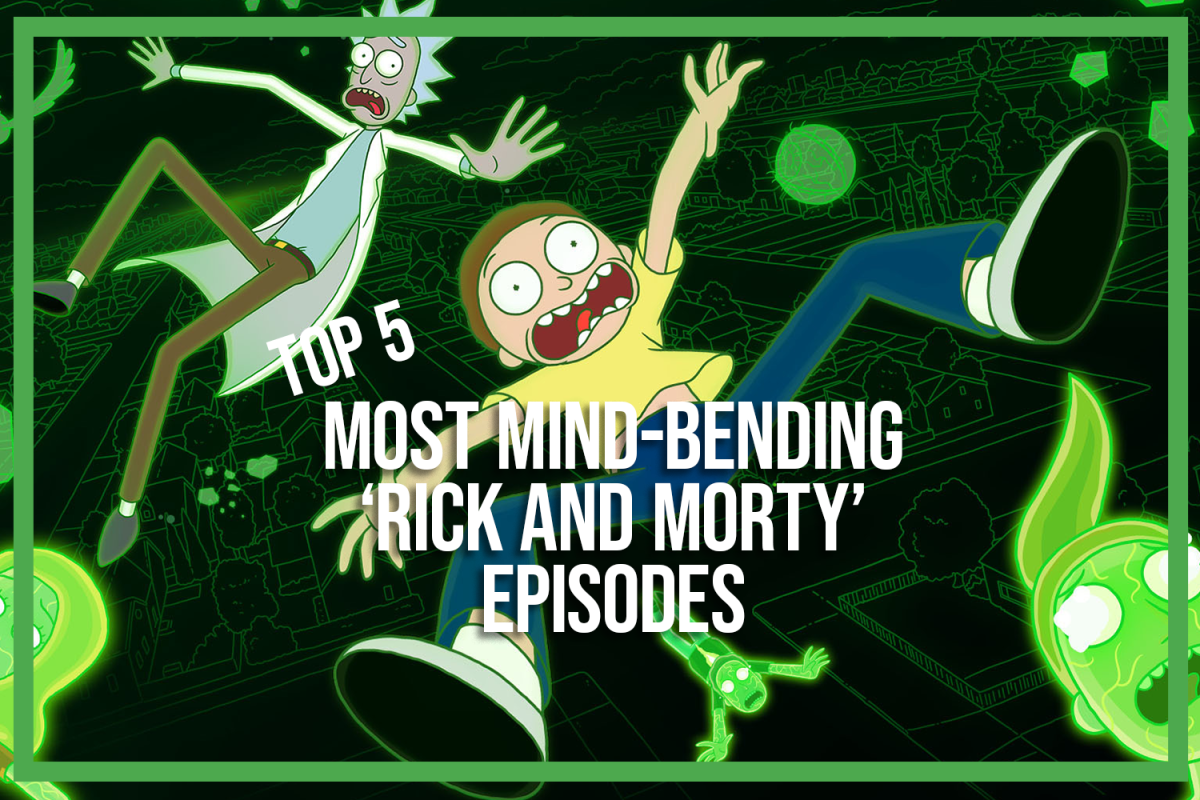
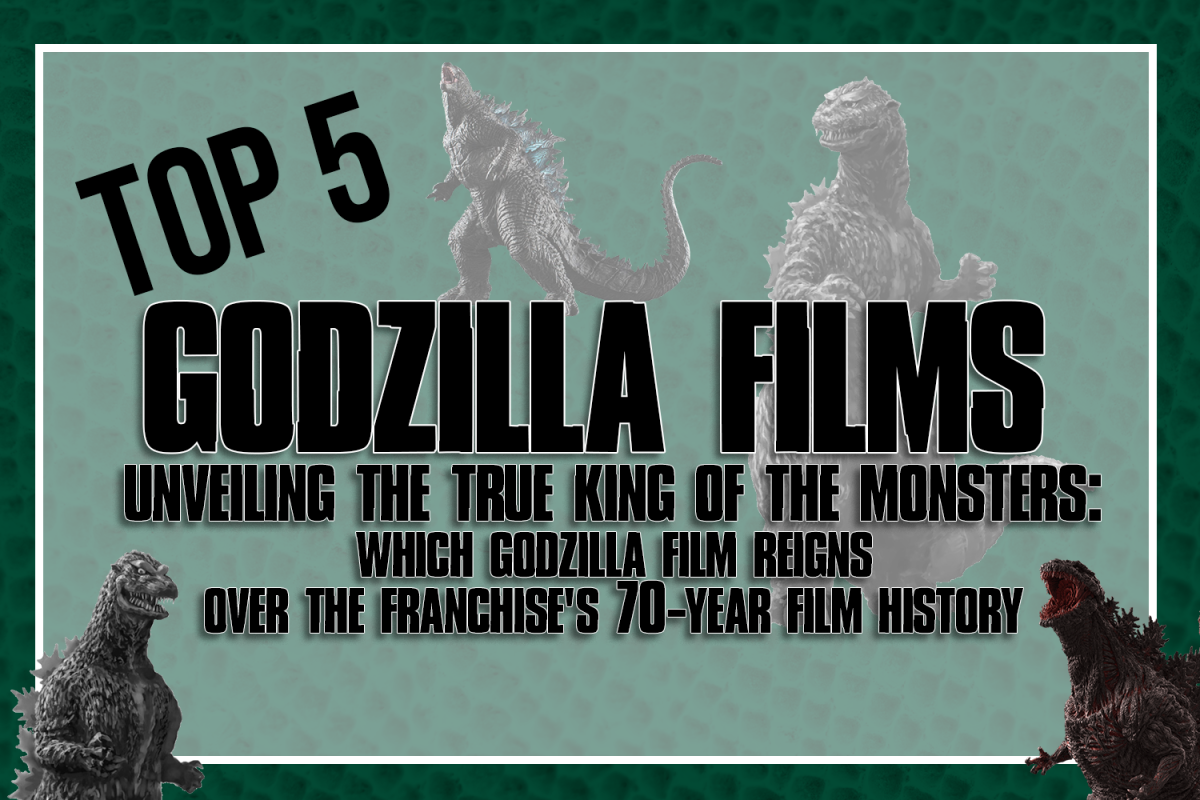


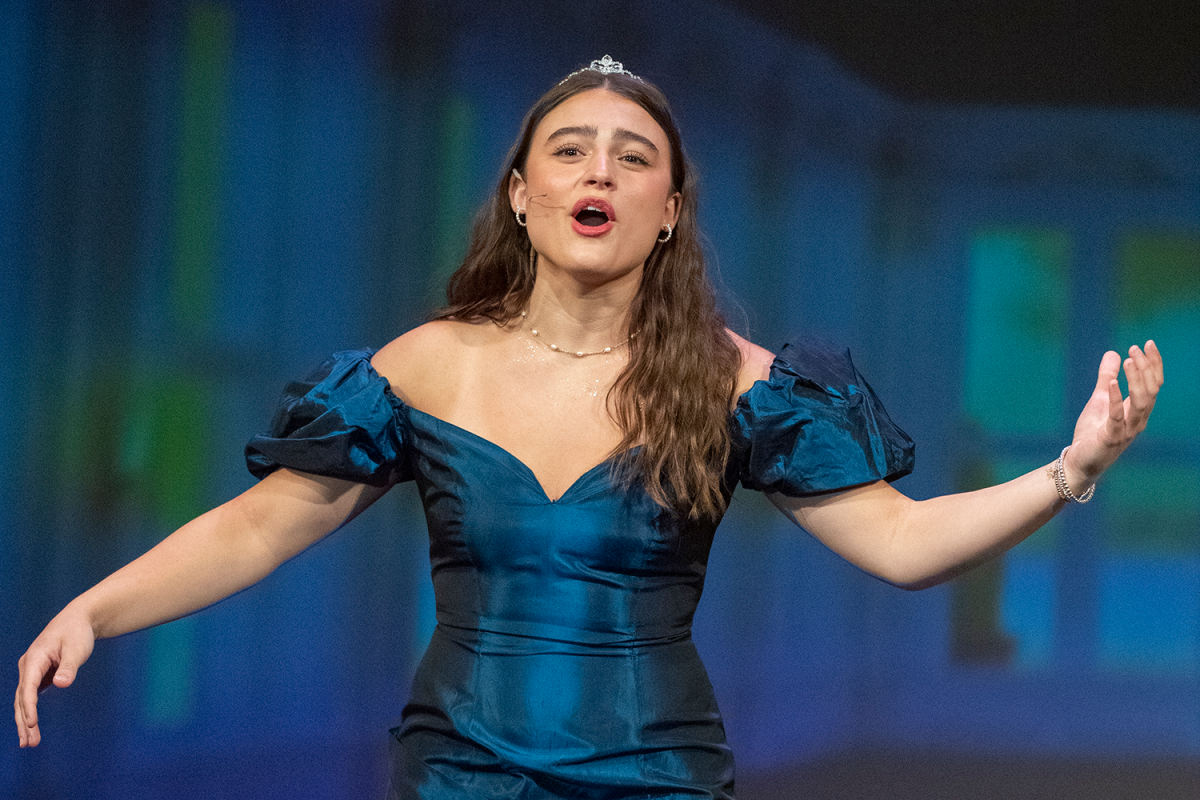



![Week 7: Coach Drengwitz recaps the Ironmen’s win over Bloomington, talks Danville [video]](https://nchsinkspot.com/wp-content/uploads/2025/10/Vikings-feature-Image-1200x675.png)
![Week 5: Coach Drengwitz previews the Ironmen’s matchup vs. Peoria Manual, recaps Week 4 [video]](https://nchsinkspot.com/wp-content/uploads/2025/09/Week-5-v-Rams-1200x675.png)
![Postgame reaction: Coach Drengwitz on Community’s 28-17 Loss to Kankakee [video]](https://nchsinkspot.com/wp-content/uploads/2025/09/Week-4-postgame--1200x675.png)
![On the Spot: This or That – Halloween [video]](https://nchsinkspot.com/wp-content/uploads/2024/10/tot-Halloween-YT-1200x675.png)
![On the Spot: This or That – Fall favorites [video]](https://nchsinkspot.com/wp-content/uploads/2024/10/ots-fall-web-1200x800.png)
![On the Spot – Teachers tested on 2023’s hottest words [video]](https://nchsinkspot.com/wp-content/uploads/2024/01/On-the-Spot-Teachers-tested-1200x675.png)

